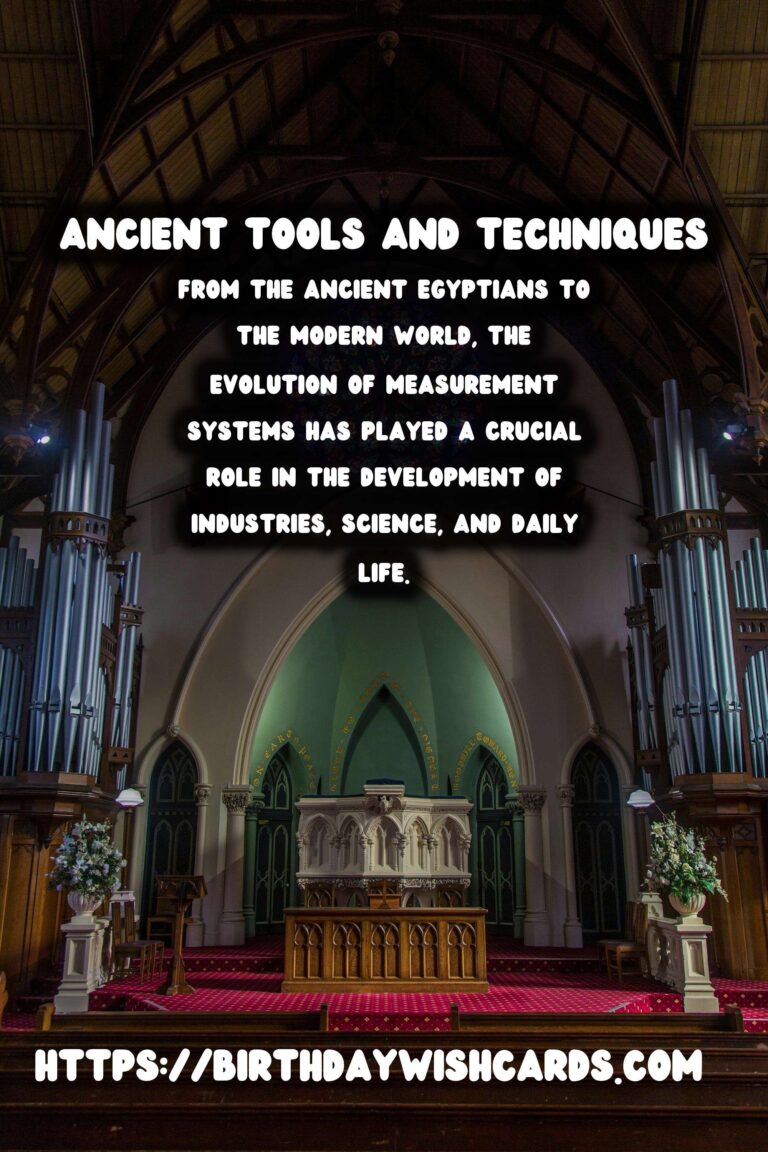
From the ancient Egyptians to the modern world, the evolution of measurement systems has played a crucial role in the development of industries, science, and daily life. Understanding how ancient civilizations measured the world around them provides intriguing insights into our own methodologies and technologies.
The Beginnings of Measurement
Measurements began as a practical necessity. Ancient communities needed to measure time, distance, and mass for building, trade, and agriculture. Early measurement systems were often based on naturally recurring units such as the human body: the foot, the hand, and the cubit.
The cubit, used by the Egyptians, was one of the earliest recorded units of measurement. It was determined as the length from the elbow to the tip of the middle finger. This early metric allowed for standardized measurements across the land, crucial for constructing the pyramids and ensuring uniformity.
Development of Tools and Techniques
The Sumerians, known for their advanced civilization, developed the first known system of weights. Around 3000 BC, they created standard units of weight to facilitate trade. This system was eventually adopted and adapted by other civilizations in the region.
In ancient Greece, philosophers and scientists like Anaximander and Thales made significant advancements by developing theories that required precise measurements of the earth’s circumference and other large-scale calculations. These theories would later influence Roman and Islamic scholars.
Timekeeping: Sundials and Water Clocks
Time measurement was initially based on the movement of celestial bodies. The Egyptians utilized obelisks as primitive sundials, and later, water clocks were introduced to improve accuracy, especially at night or on cloudy days.
The Greeks and Romans further developed water clocks, which used the steady flow of water to measure time. These were crucial for religious ceremonies and daily life, helping society organize and plan with greater precision.
Standardization and Global Influence
Standardization became a theme as empires expanded. The Romans implemented standardized systems of measurement across their territories to unify trade and communication, laying the groundwork for cohesive economic networks.
In Asia, the Chinese developed their measurement systems independently, contributing innovations like the sophisticated sundials and an extensive range of length measures that were crucial for agriculture and construction.
Legacy and Modern Measurement
The legacy of these ancient measurement systems is still evident today. The metric system, devised in the 18th century, aimed to simplify trade and scientific communication worldwide. It drew upon ancient principles and standardized them into a cohesive, universally applicable system.
Today, our understanding of the world is underpinned by these ancient innovations. From building skyscrapers to exploring space, the history of measurement informs our approach to engineering, trade, and scientific discovery.
The grand journey from the cubit of ancient Egypt to the complex systems of the 21st century highlights humanity’s relentless pursuit of accuracy and efficiency. As we continue to refine our tools and techniques, the echoes of ancient wisdom remain a steadfast foundation.
From the ancient Egyptians to the modern world, the evolution of measurement systems has played a crucial role in the development of industries, science, and daily life. Understanding how ancient civilizations measured the world around them provides intriguing insights into our own methodologies and technologies. 
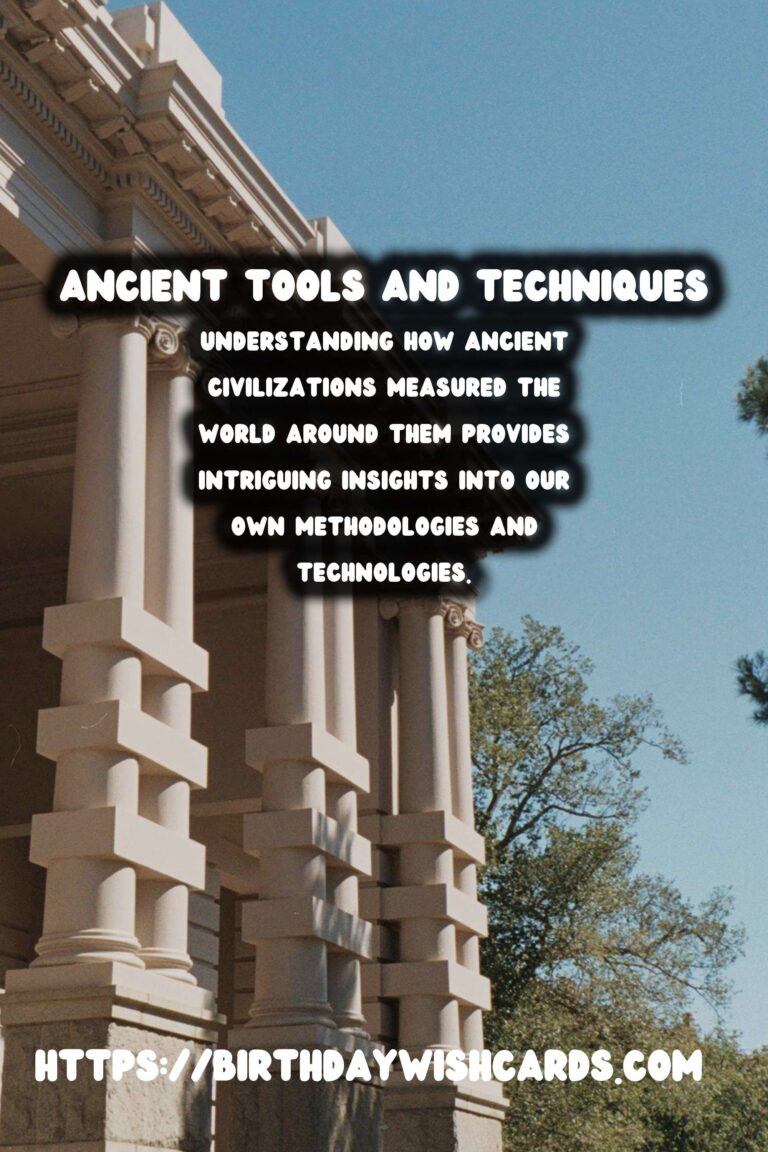
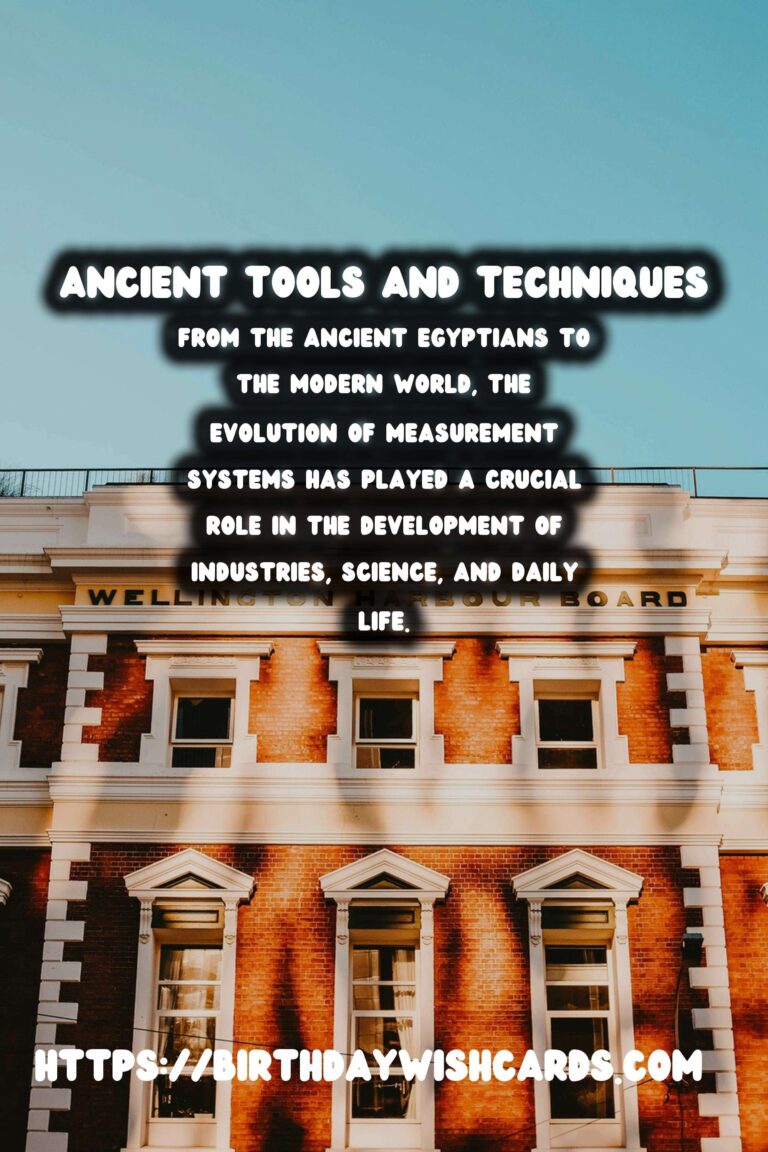
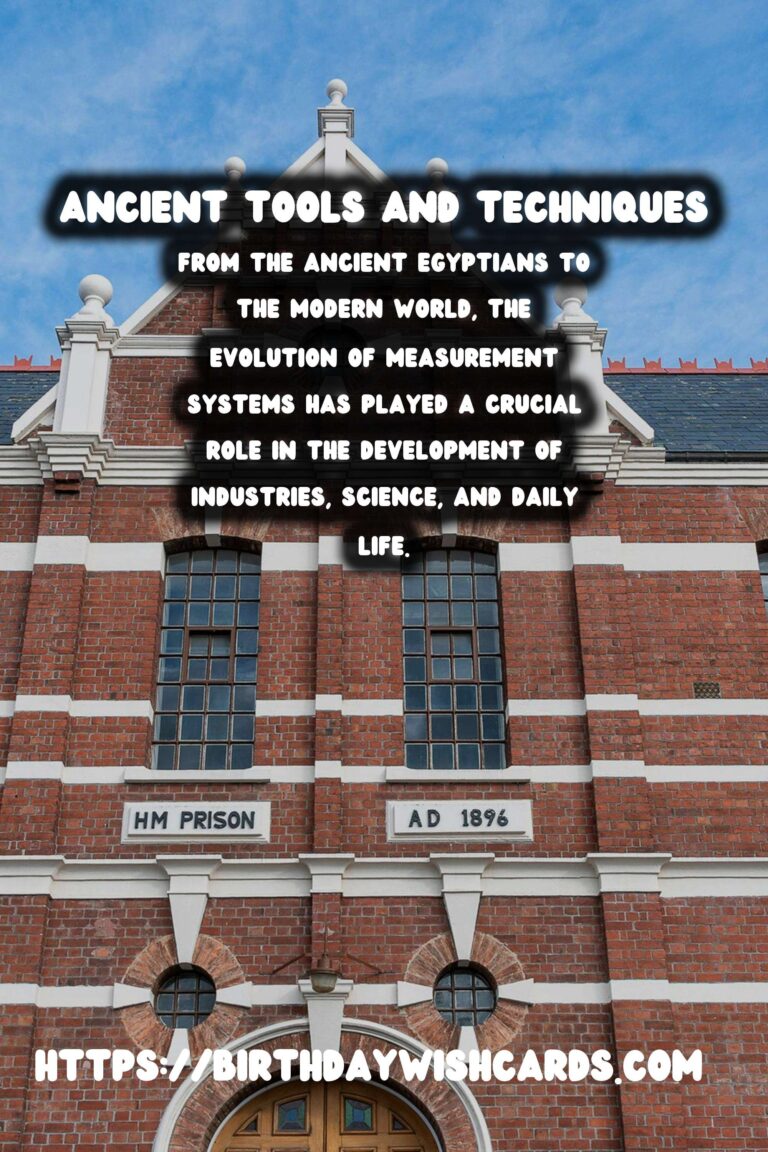
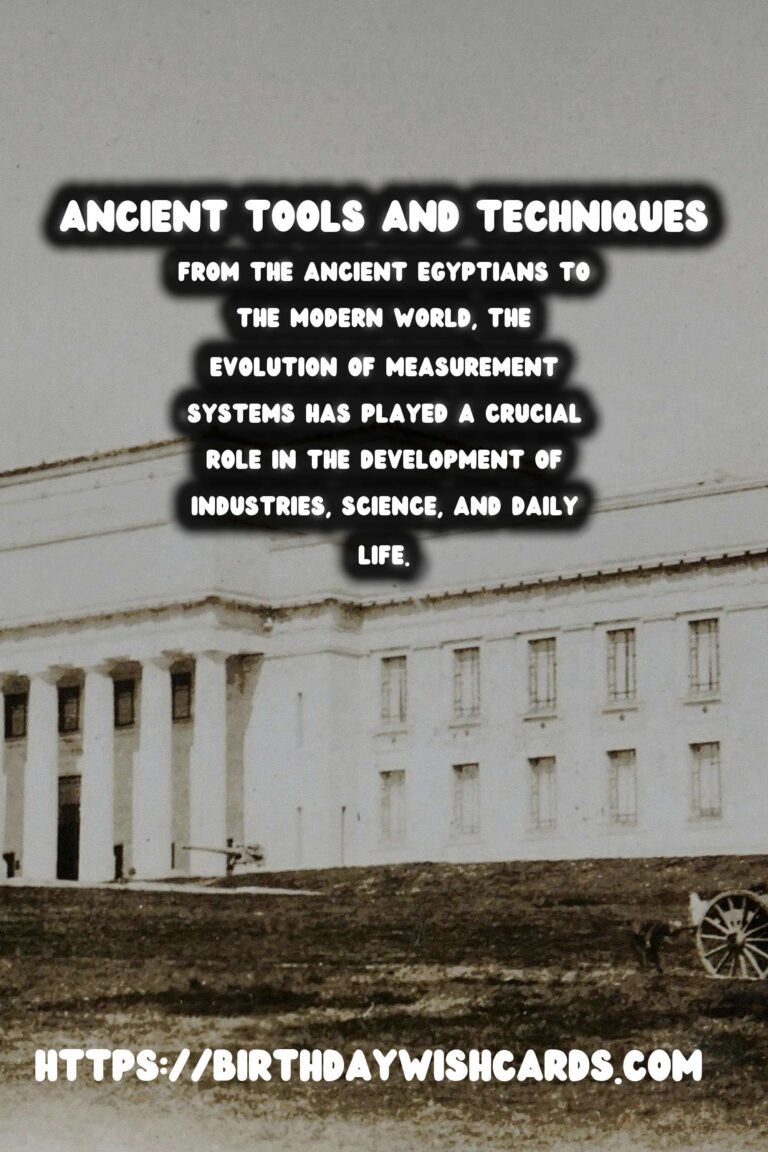
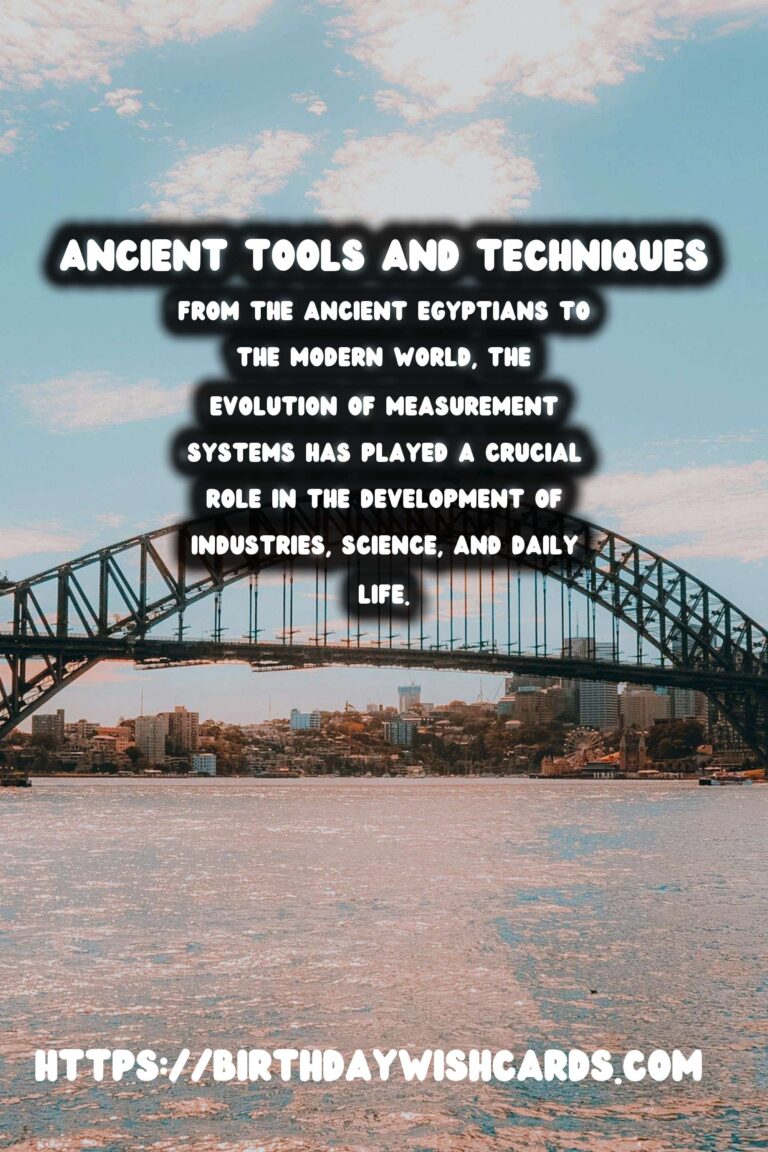
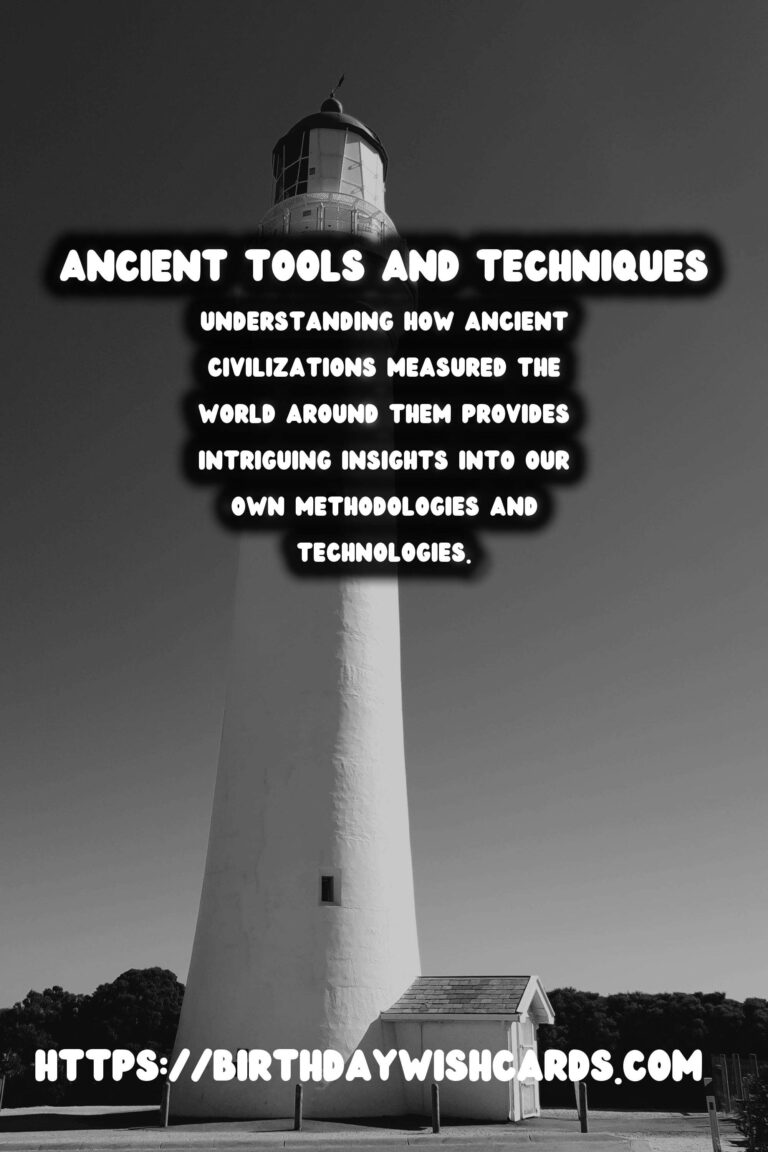
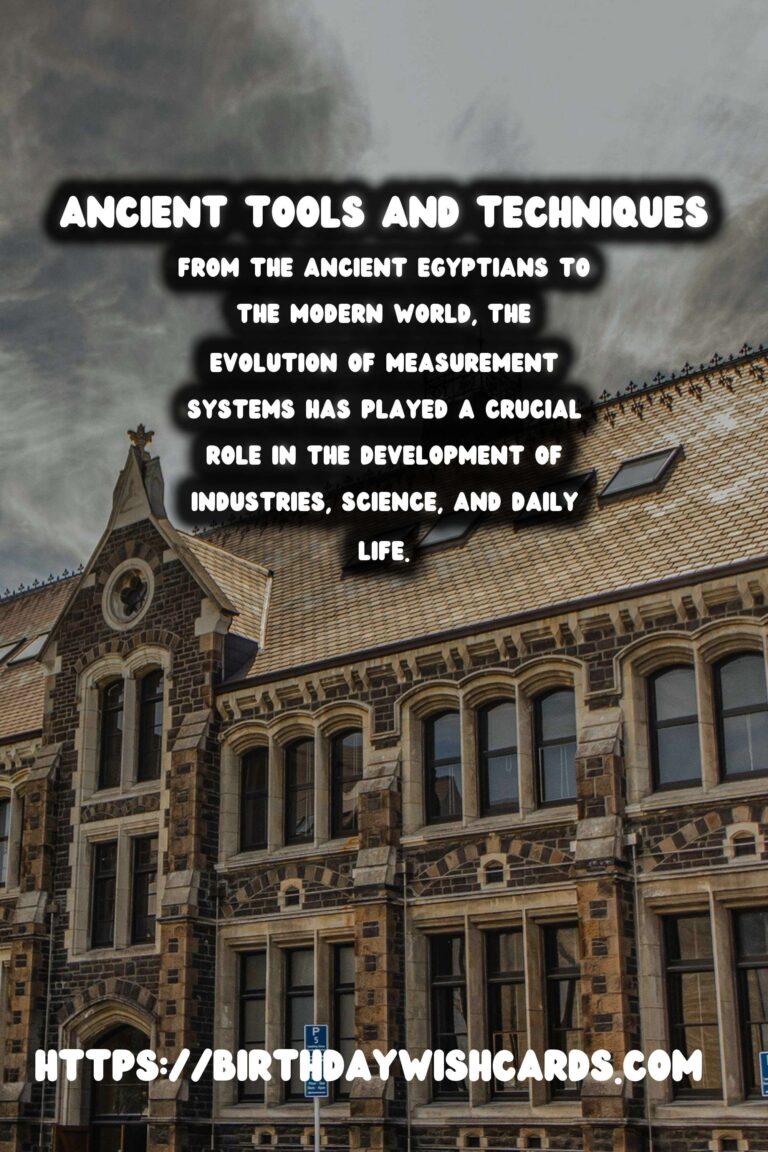
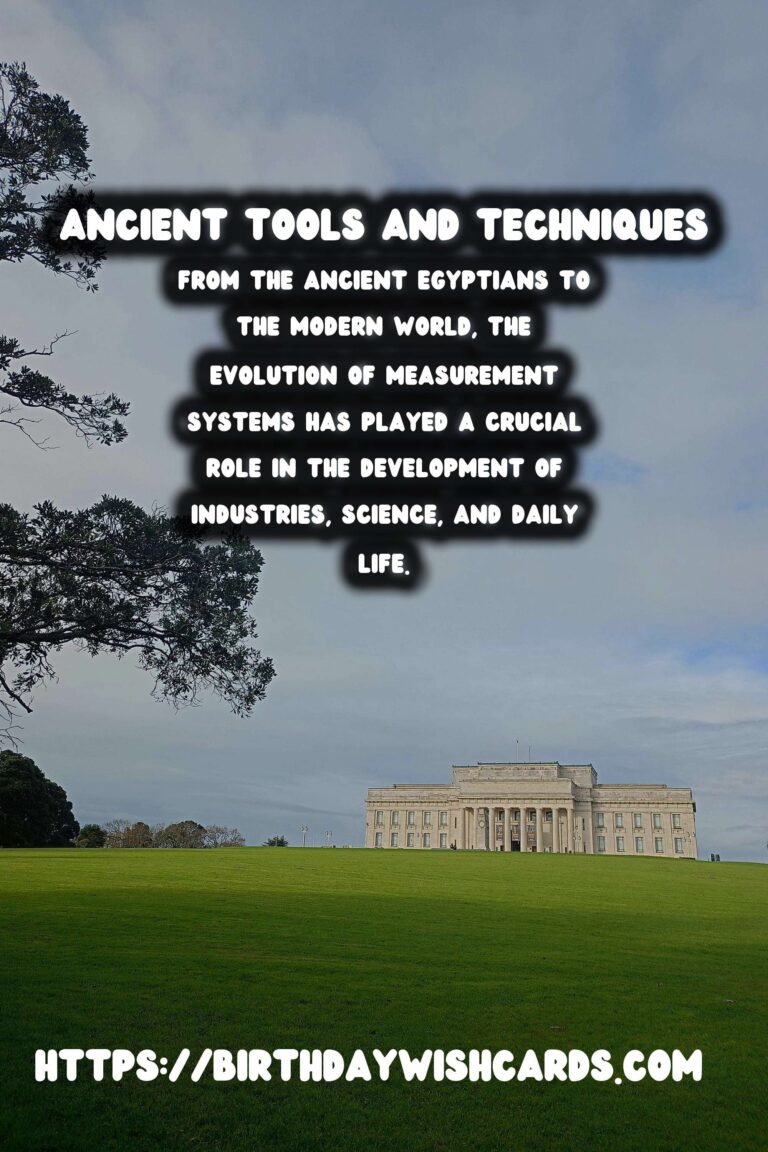
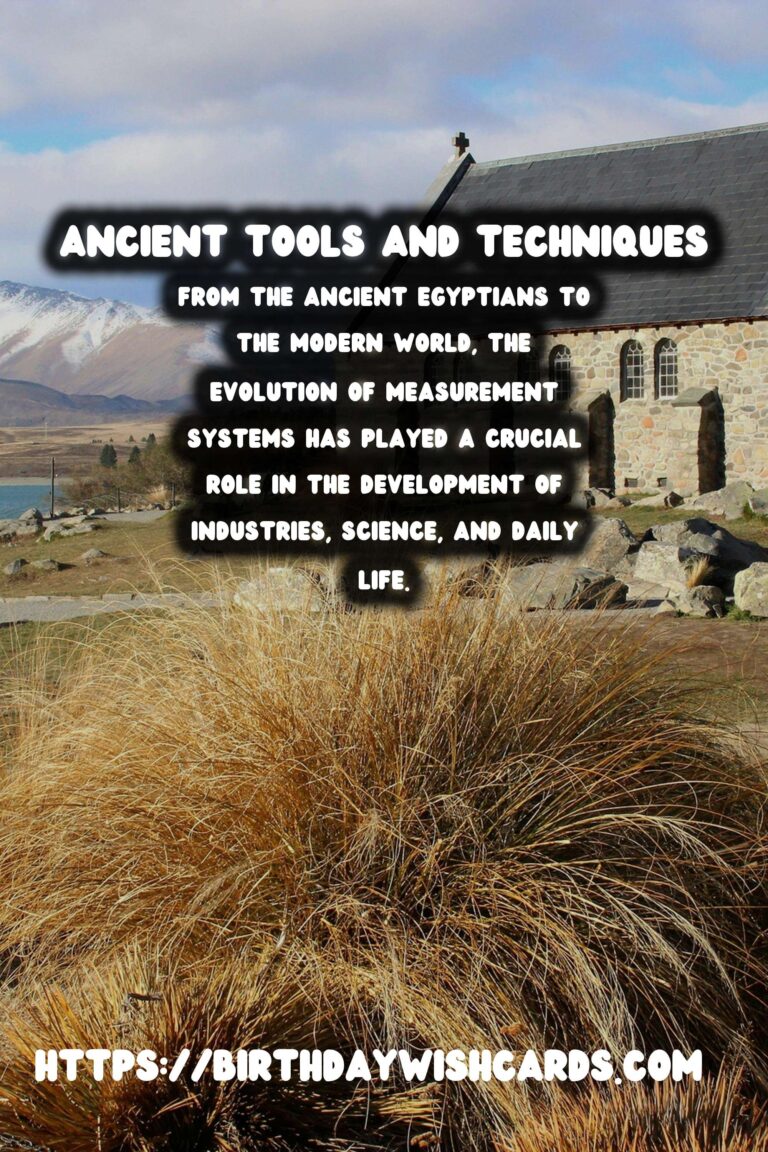
#HistoryOfMeasurement #AncientTools




